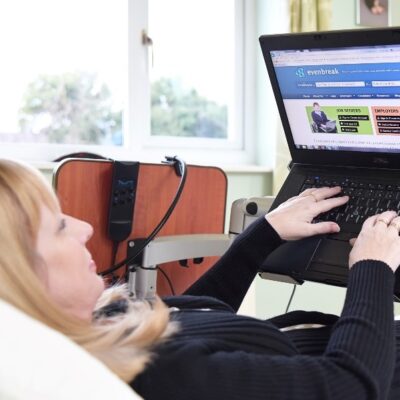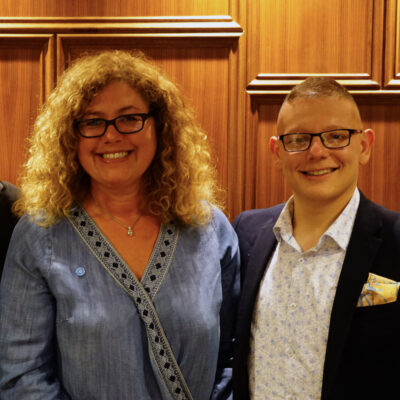Whether it’s looking to raise awareness about your brand, publicising a new initiative or attracting more stakeholders or customers, if you want business, at some point you have to go out into the world with a campaign.
But how do you get to the people you want to reach and how do you speak to them in a way that is engaging? How can you get journalists to notice what you’re doing and how can you get your networks to help you out?
In our most recent Impact Lab we gathered together a group of social entrepreneurs to learn from each other – and big thanks to our friends at Hatch Enterprise for sponsoring the session.
We had two fantastic hosts in Grace Dyke, Director of communications agency Yellow Jigsaw CIC, and Amy Briggs, Senior Marketing Manager at period products social enterprise Hey Girls.
Read on for what we learned.
First: define what success looks like
Start with the end result when you are planning your campaign – what do you hope to achieve? What social mission outcomes do you want to achieve? For example: you might have a certain number of shares you want to attract on social media, a number of press articles you want to achieve or a number of enquiries you can attribute to your campaign. The results will help you hone your skills when it comes to the next one.
Identify your target audience
Who are you trying to get to notice you and why? Whether you’re looking for customers, donors or supporters to join your cause, brainstorm about the kind of people you’re looking to reach.
“To do this, think about what motivates them, where you will find them, what news they read, what sort of social media channels they like and what’s important to them,” advised Grace.
It can help to narrow those people down to descriptions of their job or role. Yellow Jigsaw recently targeted ‘journalists’ and ‘mums’ to promote Media Cubs, an after school club that uses media to help develop curious and inquisitive minds.
You’re going to need a press release to attract journalists, but publicity is no longer predominantly in the grip of newspapers and television. People get their information from the social media channels they like, their favourite website and crucially, trusted peers such as their friends or colleagues. So rope in everyone you can think of to help you spread the word and then give them the tools to do it.
Prepare a toolkit your network can use
Before you start your campaign, collate as much shareable content as possible that your supporters could use. That could take the form of photos, video, gifs or memes but also copy – write a few suggested tweets or newsletter copy that people can quickly use without having to think too much.
“A simple copy and paste from an email is what they want,” said Grace. “If you can provide that for them, it’s so much more powerful than you just trying to push this campaign solely through your own communication channels.”
If you don’t ask you don’t get
Amy shared that the CEO of Hey Girls, Celia Hodson is good at networking. She met someone at communications agency Adam and Eve and asked if they would gift any support. This led to their first ‘Pad Ad‘ campaign.
But Amy also shared that they asked JCDecaux and Clear Channel, who own public advertising spaces like billboards and sites at bus and train stations, if they could offer any free space.
“A lot of these big companies do have a corporate responsibility. So it’s always worth just going in and asking the question: do you have any spare sites? Especially for digital stuff, it’s very, very easy for them to be able to swap ads in and swap out.
“We worked on people for quite a while to make sure that they would help us out and they did. And then they wrote articles about how kind and generous they were to give us the space. So it’s kind of mutually beneficial,” said Amy.
Consider a PR stunt
Both our hosts had used shocking or outrageous ideas to attract attention. Grace had put zombies on the streets of Manchester to warn people of the horrors of rip off lenders, directing them to their local credit union instead.
With the UNsanitary campaign, Amy had introduced people to attractively packaged new period products, only for those customers to find inside what some girls and women in period poverty have to use – socks, newspaper and toilet roll.
“We were engaging with lots of different types of people who didn’t realise what it was in the beginning and we could push them further into that conversation,” said Amy.
“So you would get: ‘oh my God I didn’t realise this was a problem, this is terrible, what can I do to help?’ in response,” Amy told us.
We run Impact Labs, intimate roundtable events that are focused on covering specific business topics, for social entrepreneurs that have used the Human Lending Library. To find out more, click here.
Photo by Andrea Piacquadio from Pexels



